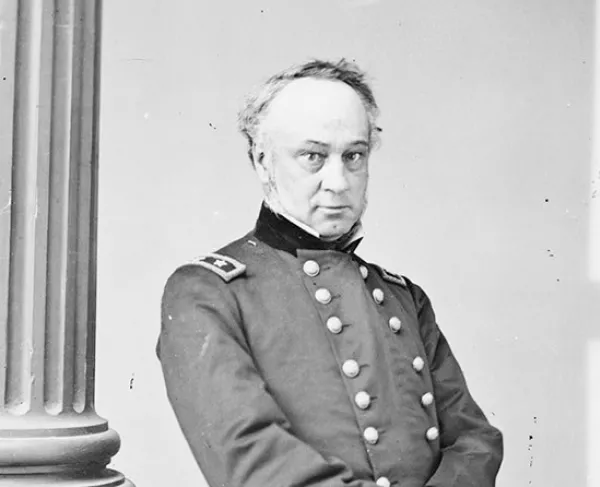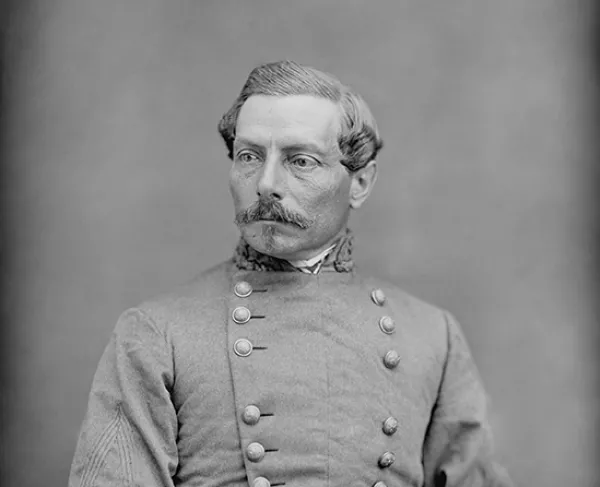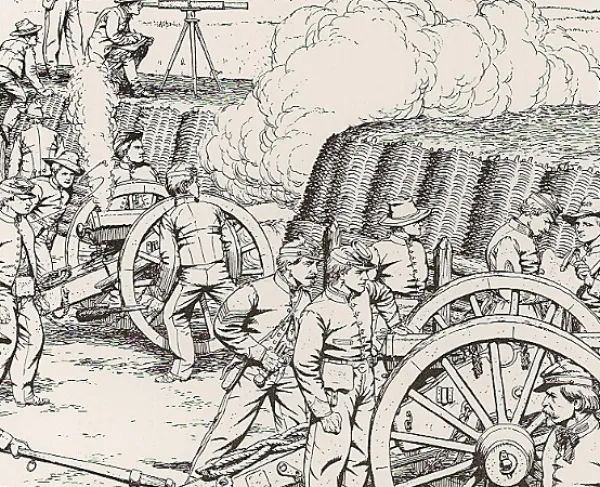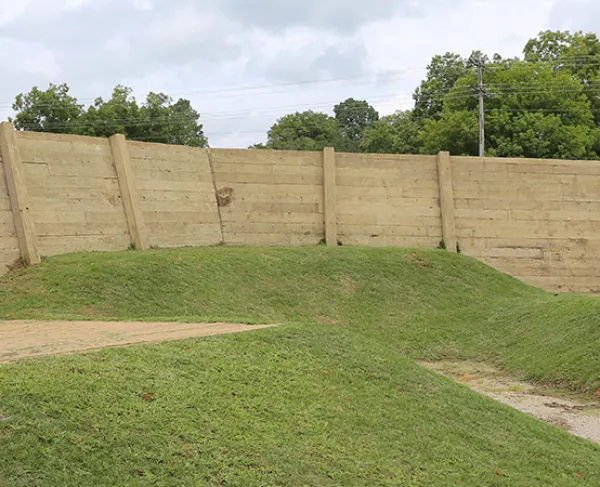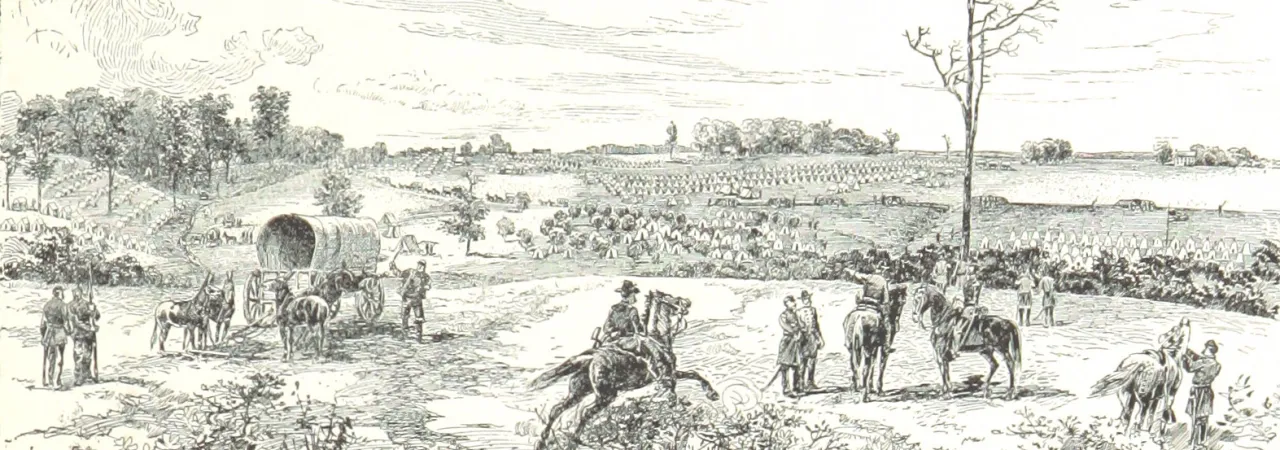
Siege of Corinth
First Battle of Corinth
Alcorn County, MS | Apr 29 - May 30, 1862
From April 29 to May 30, 1862, Union Major General Henry W. Halleck besieged and captured the vital southern town of Corinth, Mississippi, which had two major rail lines running through it: the Memphis and Charleston and the Ohio and Mobile.
How It Ended
Union Victory. After a month-long siege, Confederate General P. G. T. Beauregard found that Union Major General Henry W. Halleck’s army was a mere mile from the town. Faced with a lack of water, rampant disease, and the fear of being surrounded, Beauregard withdrew to Tupelo and surrendered the town without a serious battle.
In Context
During the early spring of 1862, Union armies in the western theater captured large swaths of land at places like Nashville and Forts Henry and Donelson. In the aftermath of the Union victory at the Battle of Shiloh, Tennessee, on April 6-7, 1862, Union department commander Henry W. Halleck decided to amass three Union armies operating under his command and pursue the defeated Confederate army on their way to and take the vital city. Corinth, which had only been established in the late 1850s, had two major rail lines run through the town, the Memphis and Charleston and the Mobile and Ohio, and if captured, would help the Union armies have a staging point to take Vicksburg and Chattanooga.
After the Confederate defeat at the Battle of Shiloh on April 6-7, 1862, Confederate General P.G.T. Beauregard pulled his battered army back into Corinth and worked to build up Corinth’s defenses while also collecting more reinforcements. In the meantime, Union General Henry W. Halleck amassed over 100,000 men from three armies at Pittsburg Landing in preparation to move on the town. On April 29, 1862, Halleck ordered his army to move to the southern town in three wings. The right wing was commanded by General George H. Thomas, representing the Army of the Tennessee; the center was commanded by General Don Carlos Buell, representing the Army of the Ohio; and the left wing was commanded by John Pope, representing the Army of the Mississippi. Not wanting another surprise attack like Shiloh, Halleck moved his army cautiously, taking nearly a month to travel the twenty-two miles, and made his three army commanders fortify their positions every time they stopped for the night. While Halleck was moving his army towards the city, Beauregard was reinforcing the city.
By May 3rd, Halleck’s army was in sight of Corinth. Over the next several weeks, both sides experienced almost constant combat, with skirmishes occurring at places like Farmington, the Russell House, and the Widow Surratt Farm. As each day passed, the Federals inched closer to the city.
On May 28th, Halleck launched an offensive using his entire force. On his right, Halleck ordered Gen. George H. Thomas to attack a double log house along the Corinth Road, which sat less than a mile away from the Confederate positions at Corinth. Thomas’s men attacked the house and quickly took it. After driving off a Confederate counterattack, the Union line held the position. Meanwhile, in the center of the Federal line, Don Carlos Buell was tasked with taking the Surratt Farm and the hill that overlooked it. After a brief but intense fight, Buell’s army took the hill. John Pope attacked near the Shelton house to his left but held the line. After taking and holding these positions, Halleck reinforced them and was now close enough to begin to bombard the city.
1,000
1,000
With disease rampant in his army and Halleck now close enough to bombard the city, Beauregard decided it was time to evacuate it. On the 29th, trains began to evacuate the sick and wounded first, then the food and supplies. To deceive his foe, Beauregard told his men to cheer every time a train came into the city to make it seem like the Confederate army was receiving reinforcements. By the morning of the 30th, the Union army discovered the city was abandoned.
As commander of the combined Union army, Halleck was considered a master tactician who favored maneuver over the attack and used the French doctrine of field fortifications in which the enemy attacked strong fortifications. With this, Halleck’s army moved slowly but methodically on the advance towards Corinth. Nevertheless, though constant fighting did occur, no serious action came about.
After over a month of defending the city, Beauregard faced many difficult obstacles. While the siege was getting underway, his army was wrecked with diseases that spread like wildfire in his army causing his numbers to plummet. Beauregard’s situation only worsened after he concluded that his army could not launch a successful attack against Halleck’s army without heavy losses since everywhere Halleck moved, he fortified his army in strong defensive positions. By the 28th, Halleck’s lines inched within 1,000 yards of the city and were starting to bombard the Confederate lines. Faced with either losing his army or the city, the general chose the latter, and during the 29th and into the 30th, the Confederate army slipped out of the town and moved south towards Tupelo.
Siege of Corinth: Featured Resources
All battles of the Iuka and Corinth Campaign
Related Battles
100,000
70,000
1,000
1,000
